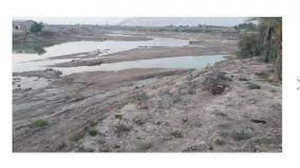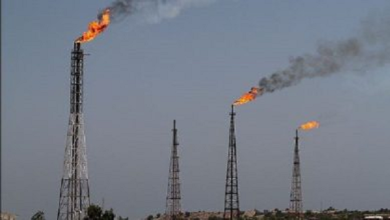
The air quality index sounds the alarm for danger in the cities of Ahwaz.
As winter bids farewell and spring takes its first breath, crises of dust and air pollution are on the rise in the cities of Ahwaz. According to the air quality monitoring system in Ahwaz, the air has been marked as “red” and deemed unhealthy.
As per the announcement of the air quality monitoring system in the occupied Arab Ahwaz, the air quality index, based on the measurement of PM2.5 particles in the capital city of Ahwaz, has reached a staggering 157 micrograms per cubic meter. This indicates a serious health risk from the air in this city.
During this period, the air quality index was 128 micrograms per cubic meter in the Al-Ahwaz Drilling Station 131 and the Environmental Protection Directorate in the occupied Arab country of Al-Ahwaz.
According to the index of suspended particulate matter with a size of 2.5 microns, the air in the Suleiman Mosque was also unhealthy for “sensitive groups”.
Also, based on 2.5-micron particles, the air in Andimeshk, Shushtar, and Mashr was “acceptable” and none of Khuzestan’s cities were “clean.”
The Air Quality Index (AQI) is divided into five main categories, based on this division, from 0 to 50 for clean air, 51 to 100 acceptable air, 101 to 150 unhealthy air for sensitive groups, and 151 to 200 unhealthy air for all groups , and from 201 to 300 very unhealthy air and from 301 higher. to 500 is a serious air quality situation.




